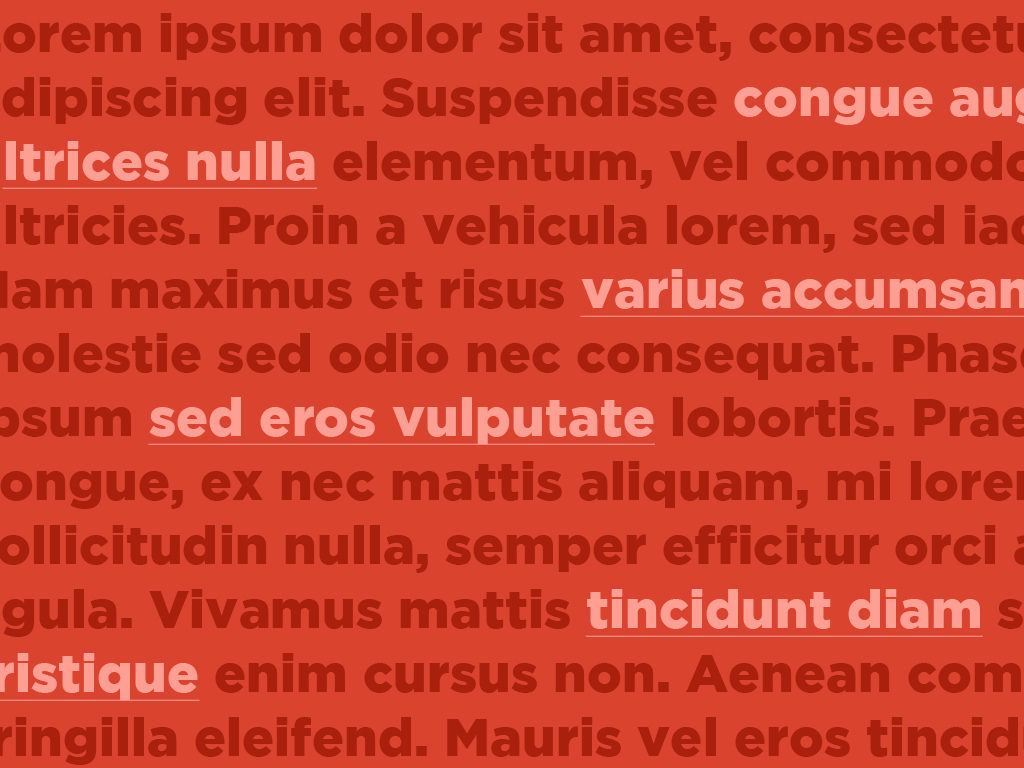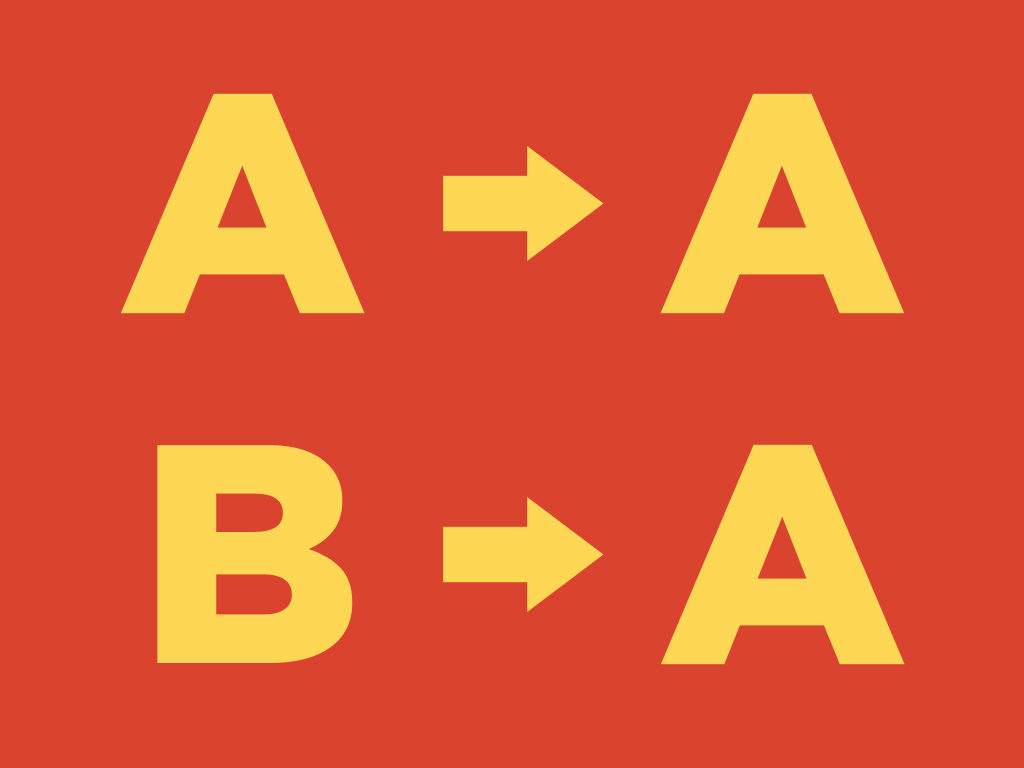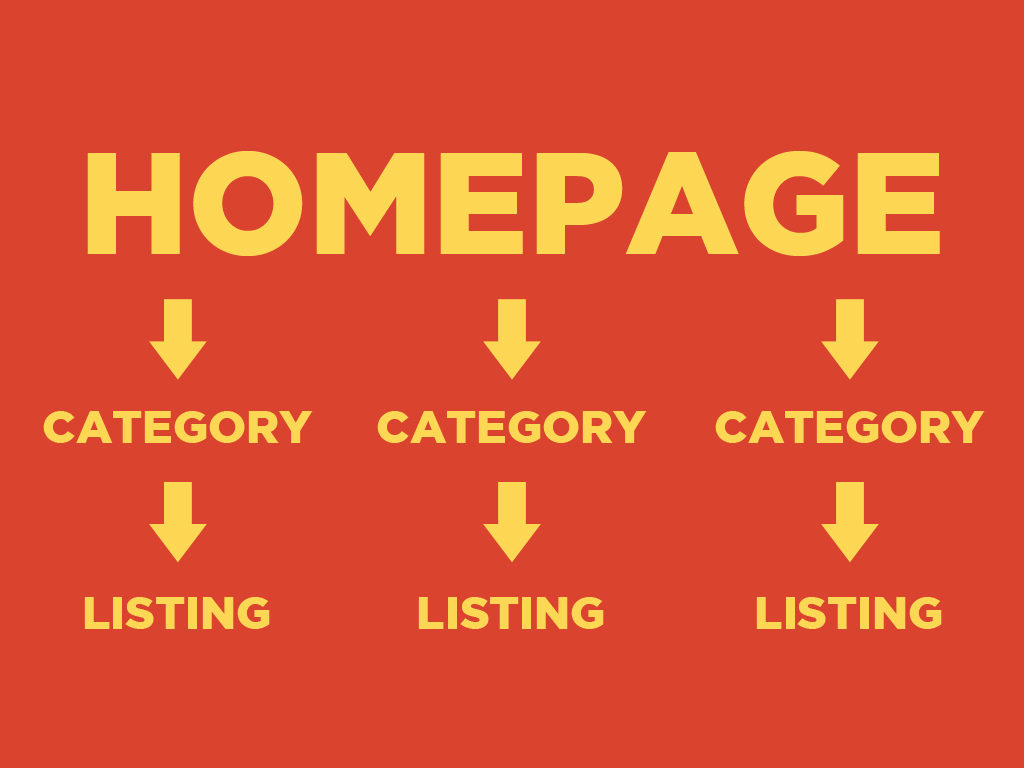Bad SEO: Never Do This with Your Internal Link Structure
SEO is all about understanding your website, your branding as well as your audience. Before you can get through all of those steps, you have to understand first what you can do with your website. It is important to note that your SEO is the sum of everything that you are doing, from your blog posts to your link building to your social media outreach.
Before you can do all of those, however, you have to understand that Internal Linking is an integral aspect of the SEO process and understanding what you can do with your links can either make or break your SEO.
Internal linking is not the most exciting part of SEO, but it surely is one of its essential parts – wherein if you get it wrong, you will have a lot of problems in your SEO, and even your rankings.
When I say internal links, what I mean are the links inside a website that are linking to another page on the same website. Essentially, the purpose of internal links is to redirect visitors from one page to a different one; to help them know where to go if ever they are looking for other pages in your website. Additionally, internal linking is an absolute part of your link building campaign.
In today’s SEO scene, the internal links are treated with much difference when compared to external links. However, I am here to tell you that does not mean the internal links have no capability to help you rank higher, change rankings, modify crawl patterns, and reshape how search engines view your website. Before we get into the topic of whether or not you should care for your internal links, first, let’s talk about the different elements of internal links.
Elements of an Internal Link
- Anchor Text
- This is the text that is highlighted when you incorporate a link into it. Search engines have diminished its importance, but it still is a vital element of an internal link.
- Location of the Link
- This matters quite a lot in regards to your link’s effect. Putting your link in the footer or the navigation part of your page can cause you some problems. These all stem from Google’s dislike of internal link structure manipulation; where people stuff anchor texts that they want to rank for into an internal link and putting it down in the footer and navigation of every single page of their website just to make a certain page rank higher. As a matter of fact, Google has put out algorithms that penalize this kind of practice
- Whenever you practice anchor text stuffing, you will immediately notice that your website will suddenly rank lower than it did before – this means that your site has either been filtered or penalized by Google. However, there is no need to worry because when you remove it, Google reverses the penalty really quickly.
- The Linked Page
- Obviously, this is an important part, because it is where your link redirects your visitor.
- The Authority of a Webpage
- The common occurrence is when a certain page on your website has numerous external links directing to it, it gains more authority and a bit of ranking power and influence by using it to link to other pages. So, if ever you have well-linked pages in your website, you should take advantage of it and link out from those pages to others that need the boost, and make sure that the pages you will link out to are useful for your users – in other words, the page should be relevant.
- Relevance of the Link
- The context between your original page to the page that you are linking to is of utmost importance because search engines can identify if they are related. So, for example, your visitor is on a page that is about mobile phones, then they click the link and they are directed to a page that is about mobile phone accessories, then that’s great. However, if they are on the mobile phones page and they are directed to a page about office supplies, then that’s bad, really bad.
- The First Link
- This is about numerous links on a page that point to the same thing. Google usually takes note of the first anchor text only. So, for example, the anchor text that has the link that directs your visitors to the mobile phone accessories is “here”, and you have subsequent anchor texts that share the same link, Google will only count the “here” anchor text and will often disregard the subsequent anchor texts.
- The Type of Link
- This is often ignored by most webmasters, however, I highly recommend that you use the HTML link format instead of using JavaScript. Although Google can still understand the JavaScript link format, it does not have the same authority and rank influence than the HTML link format. Also, if you are using image links, always remember that the alt attribute of the image is its anchor text.
Internal Links V.S. External Links
– External links commonly gives more ranking influence and authority
This is not surprising for most seasoned SEO practitioners. Basically, external links are certifications from external websites (hopefully they are authoritative and independent) that tell people that your website is a good source of information, service, or products. That is why external links have a much bigger bearing than those of internal links.
– Anchor text of internal links usually have smaller influence
As mentioned above, pointing to another page using an anchor text that you want to rank for is not necessarily a bad thing, however using it in a manipulative manner, is. Webmasters should not do this in a spammy or suspicious way because if visitors notice this, you will only lose their trust, ranking influence, and user engagement. Also, anchor texts are not that powerful in terms of influence, so why should you risk losing your valued customers over something so little.
– Lack of internal links can hinder search engines
If you did not know, lacking internal links in a page can hinder search engines from searching and ranking your page. It happens to the best of us, wherein we focus all our efforts on having external websites link to our page, then when we receive our report on links, we will suddenly realize that we do not have internal links pointing to that certain page. ALWAYS avoid this – it will be problematic.
– Generally, pages that have numerous link on them will have less link value
Do you remember the PageRank algorithm that Google put out? If yes, then you might have known about having fewer links inside a page is better in terms of link value. For example, you have five links inside a page, then the PageRank power is divided into the five of them. However, if you reduce the number of links then the power of PageRank in your page means it will be focused on a fewer number of links; which will help the page that you are linking to receive higher ranking influence and authority.
At the very least, PageRank is an antiquated algorithm, however, the theories that are in it are still relevant. So, by any case, if you have a page that contains numerous links, it would be best for you if you eliminate those links that point to outdated pages – or even the useless links. It’s a common occurrence in our field when a webmaster cleans up their site architecture – where they eliminate the useless pages and maintain those pages and links that matter the most, they notice an increase in their rankings through different signals. These signals are user engagement signal, positive signals, context signals, and link signals that help the engine rank websites.
– PageRank sculpting is not effective anymore, but proper internal linking is still effective
You might remember PageRank sculpting as an effective strategy during the years where PageRank was still dominant, however, since its decline, PR sculpting is nigh useless. As I have mentioned, cluttering a page with numerous links is bad, and reducing it to small amounts is good. But more often than not, optimizing internal linking beyond its limit is bad, and does not have that great a value.
What I mean by proper internal linking is when you, the webmaster, fix orphan pages or normal pages that cannot be seen in the search results. When you go out of your way and fix these, you will notice positive results in your rankings and influence.
Quintessential Link Structure
Here’s an example of the ideal link structure system: From your homepage, there are upwards of 100 links to internal pages. After one click, visitors get to the internal pages or the category pages that can help visitors reach deeper into your website. From there, each category could have a maximum of 100 links that get the visitor to the deepest parts of your website – where the content is in-depth and useful for the visitors. So, visitors can reach their desired page in just less than 3 clicks.
1. Pages should be less than 3 clicks away from one another
The idea behind this is that your site’s visitors should be able to reach any page on the site with only three clicks or less. Any more than three clicks will put your visitors into a long pathway before they reach their desired page – so, it is wise for any webmaster to create their site with categories and subcategories to help their visitors.
The primary example that I could give you is when you are on a blog site and you want to read a blog post from 2015. If the blog site does not have a great link structure, you will have to click on the “Next” button numerous times before you reach the 2015 blog posts. But if the site has a great link structure, then you could go to the desired blog post in three clicks or less.
2. Links should be relevant and useful
Whenever a link is rarely clicked, it means a bad signal for your page, and Google can also pick up on this – which could mean a negative effect on your rankings, such as sudden fluctuations or a surprising drop. Similarly, if it only receives a few clicks, it still means a bad thing for your site. The best solution for this is: every time you produce a link on your pages, make sure that it is relevant and useful for your visitors.
3. Every link should be using a different anchor text
Every webmaster should avoid using the same anchor text for two links that direct to two different pages. For example, you have the anchor text “mobile device accessories” that lead to a page about mobile device cases, then later on in the content, you have the same anchor text “mobile device accessories” but it leads to a page about mobile device chargers and cords. So, why would you create competition between two of your pages? You should canonicalize or standardize these links – even pages. However, if you have a page that serves the same intent and meaning, then you do not have to standardize.
4. Minimize the use of rel=”nofollow” to untrusted external links or user-generated content
Rel=”nofollow” was the primary way how people conducted PageRank sculpting, I still recommend that you do not practice this because Google has put up preventive measures for the people that use rel=”nofollow”. It is not a cause for people to be stressed, but if I were you, I wouldn’t use it if I could help it.
The best way to help your internal link flow is to do a careful gathering, organization, and re-distribution of the pages that you have. You can do this by:
- Eliminating low-value and low-engagement content
- Creating internal links that adhere to what your visitors want
- AVOID orphan pages
- These pages are those that are not searchable and does not have any links directing to it.
- Make sure that every useful page have links to and from them
Key Takeaway
Internal links are only a small part of your overall SEO campaign, however, it can still help in its own way. If you follow what I have included in this article, then you can possible already do internal link analysis, internal link optimization, and improve your SEO efforts by giving your visitors useful and relevant pages.
Every part of your SEO campaign – no matter how small – is an integral part of it, one misstep could lead to the failure of your campaign. Aside from focusing on the primary components, always remember to put in the necessary effort to the small components of your SEO campaign.
Do you have any other ideas regarding internal links? Let’s discuss it in the comments below.
P.S.
We’re going to be conducting the SEO Summit 2017 – an annual SEO event attended by SEO experts, enthusiasts, business owners, webmasters, and bloggers. If you have time, why don’t you attend the summit and learn how you can grow your business to new heights? You can find out more by clicking this link.



